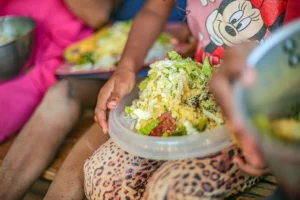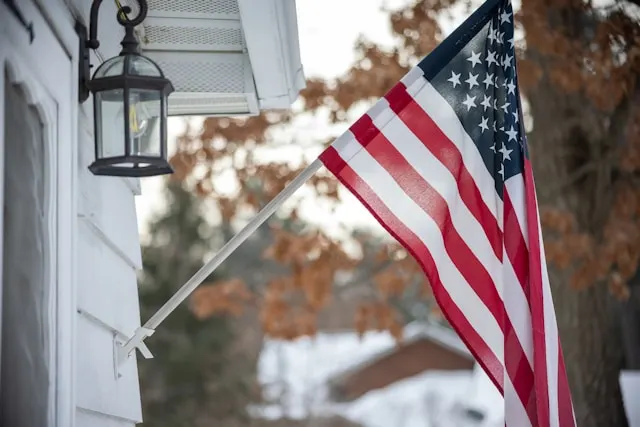PROTECT YOUR DNA WITH QUANTUM TECHNOLOGY
Orgo-Life the new way to the future Advertising by Adpathway(Analysis) Last week, the June report from the Pact Against Hunger (Pacto Contra a Fome) revealed alarming figures: more than 80% of people in Brazil’s North and Northeast regions face high levels of food exclusion.
The Pact, a civil society initiative launched in 2022, aims to fight hunger and food insecurity by mobilizing resources, data, and public action to guarantee the right to food.
The latest data shows 81.7% in the North and 75.3% in the Northeast lack enough means to eat properly or cover daily expenses. Even in the more developed South and Southeast, over half the population faces some form of food exclusion.
The report points to more than just rising prices. It highlights a combination of stagnant wages, territorial inequality, and structural barriers that limit access to healthy food.
This is striking in a country that stands among the world’s largest producers of grains, meat, coffee, sugar, and soy. Yet, between 2021 and 2023, over 8 million Brazilians suffered from hunger, keeping Brazil on the United Nations Hunger Map—a list it had left in 2014.
 Brazil’s Hidden Hunger: Over 80% in North and Northeast Face Severe Food Exclusion. (Photo Internet reproduction)
Brazil’s Hidden Hunger: Over 80% in North and Northeast Face Severe Food Exclusion. (Photo Internet reproduction)The contradiction runs deep. Brazil produces an abundance of food, but millions cannot afford it. Poor families spend a larger share of their income on food, as wages have not kept up with inflation.
A shift in agriculture has worsened the problem. Farmers now grow less rice and beans, the staples of the Brazilian diet, and more soy and corn for export. Over 19 years, rice and bean production has dropped by 43% and 32%, respectively.
At the same time, “food deserts” have emerged. About 25 million Brazilians, including 6.7 million in poverty, live in areas with little access to fresh foods like fruits and vegetables.
Brazil’s Food Crisis
Government action has made some difference. The number of people facing severe food insecurity dropped from 33 million in 2022 to 8 million in 2023, according to the Brazilian Institute for Geography and Statistics (IBGE).
The Bolsa Família program now reaches 55 million people, providing cash transfers that help families buy food. Still, the core issue remains: food is available, but not affordable for many.
Malnutrition now has two faces in Brazil. Alongside hunger, obesity is rising fast. According to the World Obesity Atlas 2025, 68% of Brazilians are overweight and 31% are obese. Projections show obesity could increase by up to 46% among women by 2030.
Most affected are low-income groups, who often rely on cheap, unhealthy food. The high cost of weight-loss medication has fueled a black market and a wave of pharmacy thefts, with losses reaching 283 million reais ($51.3 million) in 2024.
Brazil’s food crisis reflects a deeper economic problem. The country exports vast amounts of food, but millions cannot afford to eat well. This situation threatens public health, increases crime, and undermines productivity.
For businesses, the crisis signals instability in the consumer market and highlights the urgent need for policies that address inequality and support domestic food access. The story behind the figures is clear: Brazil’s food abundance does not guarantee food security for its people. Only structural change will close this gap.


 3 weeks ago
7
3 weeks ago
7










 English (US) ·
English (US) ·  French (CA) ·
French (CA) ·  French (FR) ·
French (FR) ·